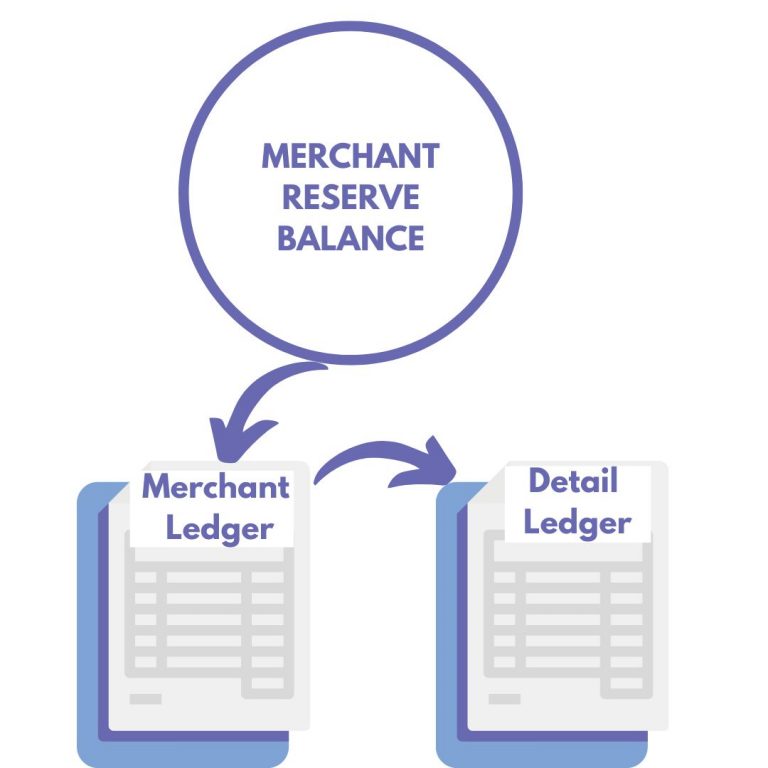In merchant services, balance is important between underwriting and risk teams. If left unchecked, these two teams can work against each other, making the other’s job harder than it should be.
Each of these teams has clear yet different roles:
Underwriting:
Assess whether applicants adhere to bank, card brand, and regulatory rules. In a nutshell, they are trying weed out fraudsters, money-launderers, and businesses that would pose a financial risk to the institutions processing their payment transactions.
Risk:
Monitors transactions processed after they are boarded. Are they processing transactions outside acceptable parameters? Does the activity make sense given the business type? Is the activity indicating the institution processing those transactions could be at risk, financially or otherwise?
In an ideal world, balance exists between these two teams.
For example, if an underwriting team is heavy-handed and turning away anything that is even a tad bit risky but has the potential to be monitored and managed with a good risk program, we’re 1) not letting the risk team do their jobs and 2) turning away business we could likely take. A real morale and profit- buster.
If the underwriting team is not turning away business that they should, we are over-taxing the risk team’s resources and setting them up for failure. We can expect that we will lose most of these merchants, and we’ll probably incur financials losses.
Why bother boarding them in the first place? Again, not the kind of things risk teams usually get excited about.
Hopefully, now we can see why balance within and between these two teams is critical to both operating well. The balancing act is ongoing… this is something that should be constantly monitored and tweaked.
Category: Underwriting
What is a Merchant Reserve? And How Can You Help Manage them on Behalf of Your Merchants?
Who Can You Trust to Manage Reserves for your Merchants?
How to Help Merchants Account for their Merchant Reserve
What Happens When Merchant Reserves are Used to Cover Losses?
How to Advocate For Your Merchants that Require Reserves
Merchant Reserves: Everything You Need to Know
Don’t Let Weak Financials Lead to an Underwriting Decline
Have you ever submitted a high volume, low risk deal to underwriting, only to have it declined due to weak financials?
Here’s what you need to know before you spend time working the next big deal.
One of the things always top of mind for acquirers is mitigating financial risk. Higher stakes with large volume deals means more exposure. Add in another risky component like future delivery and the stakes get higher, so the underwriting requirement list starts to get longer.
At a minimum, they’re going to want financial statements and bank statements. They’re trying to assess whether this company has the resources it needs to continue operating indefinitely, that it will make enough money to stay afloat and avoid bankruptcy. They’re also looking for activity on the bank statements that aligns with the company’s business model.
It’s not hard to do a cursory review yourself before spending a lot of time on it. After all, there’s a lot of work involved in assembling a package for underwriting. Plus, it’s not beneficial for you to be involved with failing businesses, whether you hold liability or not.
Here are some quick hits to figure out how healthy a company is:
✅ Current ratio: this measures whether a company has enough assets to meet its short-term obligations. Divide current assets by current liabilities. In general, the larger the number the better, and anything less than 1 can be concerning.
✅ Net income: Are they profitable? If there are losses, are they trending in the right direction? Where does funding come from to cover losses? Do they have enough runway to make it to profitability?
✅ Does the balance and activity in the bank account make sense given the business model? Is there cushion to cover unforeseen circumstances?
✅ Does the company have significant debt obligations that could be difficult to meet with any decline in income?
✅ Do the financial statements make sense given the business type? If it’s future delivery, they should have a liability line item that shows you exactly what they owe for products/services that haven’t been delivered.
Even if you’re intimidated by accounting, you can learn the basics to best position yourself to help the merchants that will be around for years to come.
And remember, acquirers like to come from a place of Yes, too. They like to add volume and margin just as much as you do. But they’re careful to weigh financial risks against potential gain. After all, when things go south, they are usually the ones left holding the bag and covering the losses. And no matter how seldom it happens or how small the dollar amount, a loss hurts just the same.





